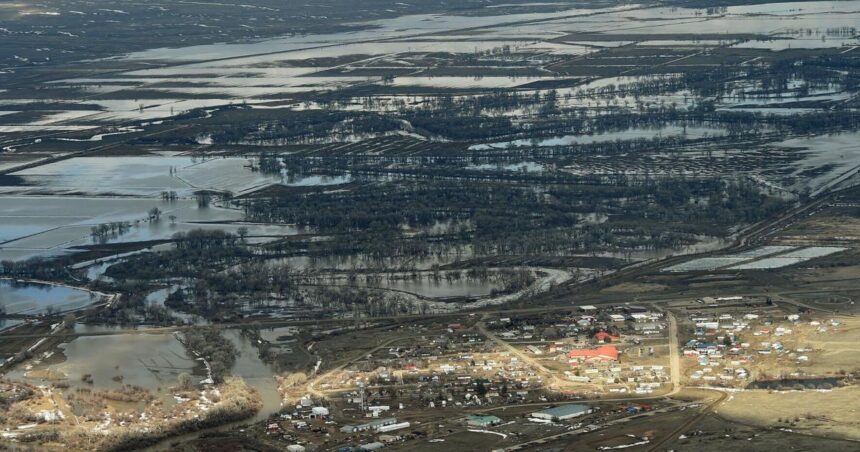A grid providing thousands of Montanans with water is undergoing a massive inspection on the part of state and federal officials following a contamination.
Montana Fish, Wildlife and Parks along with the Department of Natural Resources and Conservation are looking to purchase 4,505 acres of property on the Milk River, 42 miles northwest of Havre, part of which would be leased to the current owners by DNRC and part would be utilized as a wildlife management area by FWP.
For nearly a month, residents of Havre have been advised to boil their water in the wake of three confirmed cases of giardiasis earlier this year. Although experts have yet to find the source of the disease, which is linked to ingesting fecal matter, the local public health department has suspected the municipal water supply.
“(The plant operators) never detected giardia in the city’s water supply,” said Havre Mayor Doug Kaercher in an interview over the phone. “It’s suspect. It’s potential. But we haven’t been able to find the source.”
Water passing through Havre’s water treatment plant and into local faucets comes from the Milk River, flowing from headwaters that start on the Blackfeet Indian Reservation and Glacier National Park. The plant has the capacity for 3,100 gallons per minute and pumps water to roughly 10,000 people in and around Havre. Contamination of the Milk River and its tributaries just upstream from Havre has historically been recognized as a hazard for the town’s water supply, according to a previous assessment from the water plant’s operators, as contaminants can reach Havre before operators have a chance to close the intake.
People are also reading…
Public water systems in Montana — anything that provides water to 25 or more people for more than 60 days a year or with 15 or more service connections — fall under the oversight of the state Department of Environmental Quality. There are thousands of such systems across Montana, with dozens added every year. It’s the job of the DEQ to ensure every site is compliant with safety and quality standards. The majority of all the drinking water in Montana is derived from water systems within the state lines.
The main threats to the Milk River’s water quality as it flows past Havre are nitrates and microbials from agriculture, and fuels being transported on the highways and rails that parallel the river.
In the United States, the parasite Giardia duodenalis is the most common cause of intestinal parasite infections, per the Centers for Disease Control and Prevention. The disease giardiasis transmits through feces that has contaminated food, water or any surface, and is then swallowed. Water is the most common mode of transmission for giardiasis. Half of all infections are asymptomatic, but symptoms can include serious gut trouble: diarrhea, vomiting, cramps and dehydration.
From 2012 to 2017, the CDC tracked 111 giardiasis outbreaks in the United States, with 760 people infected. There are about 150 cases of giardiasis and cryptosporidiosis, another waterborne disease, reported in Montana every year, according to the Montana Department of Public Health and Human Services.
In February, Kaercher said gaffs in water treatment at the Havre plant resulted in the Hill County Public Health Department to issue a health advisory regarding Havre’s water in March. Specifically, plant operators failed to meet the minimum disinfection standards for treating the water on Feb. 2 and March 1 of this year. Those failures were not reported to DEQ, according to a health advisory notice published in March. On Feb. 29, there was a failure in the plant’s filtration system, increasing the chance that contaminated water passed through it untreated.
On April 19, following two confirmed cases of giardiasis, that health advisory became a boil advisory. Because those cases were confirmed during the same period that the plant was failing to meet treatment standards, county health officials believed the city’s drinking water was the cause.
All residents were then advised to boil any water from the public water supply for at least a minute, whether that water be for drinking, cooking or washing. The boil advisory has remained in place since then, and there has been an additional case of giardiasis in Havre.
For the past month, Kaercher said, city officials have met with members of Montana DEQ and the federal Environmental Protection Agency to thoroughly test the plant. As of Wednesday, public health officials had yet to pinpoint the source of the contamination. Kaercher said he hopes the boil advisory will be reduced to a health advisory by next week, during which the DEQ and EPA will be conducting an evaluation of Havre’s entire public water system.
“Going forward, our plan is to make sure we learn from our mistakes,” Kaercher said.





